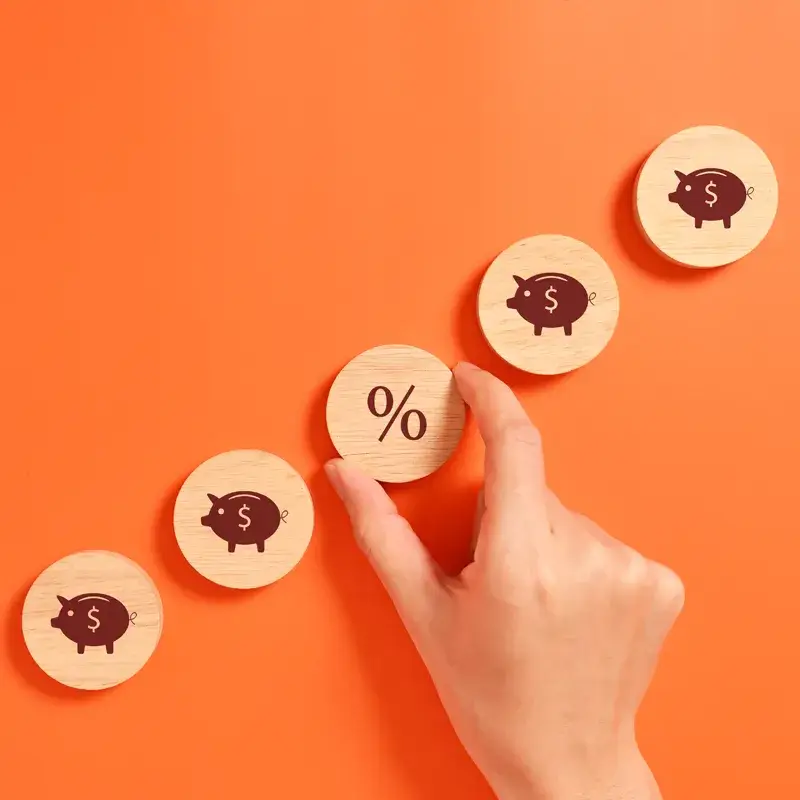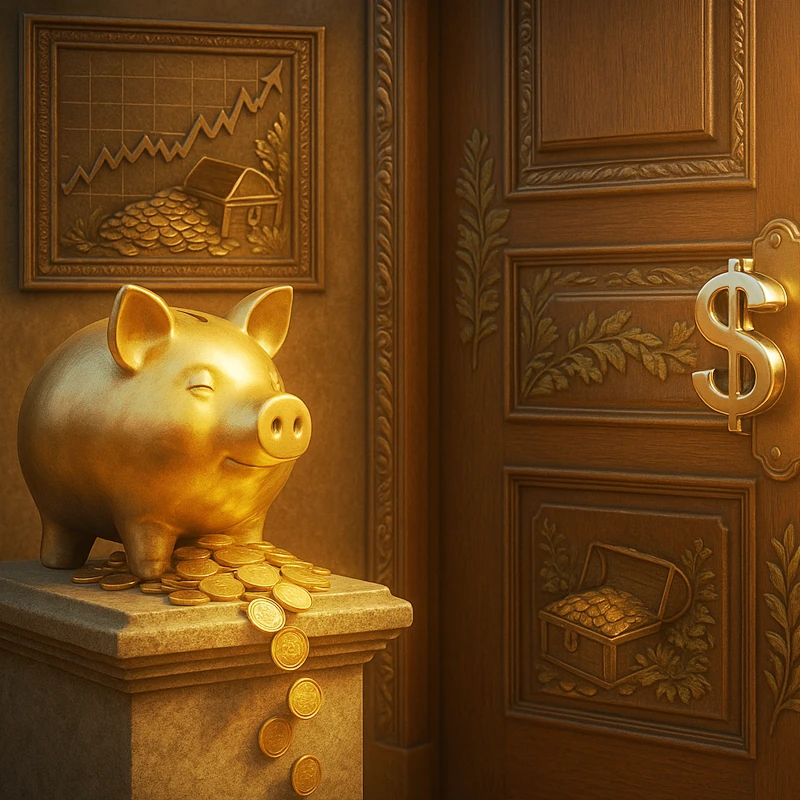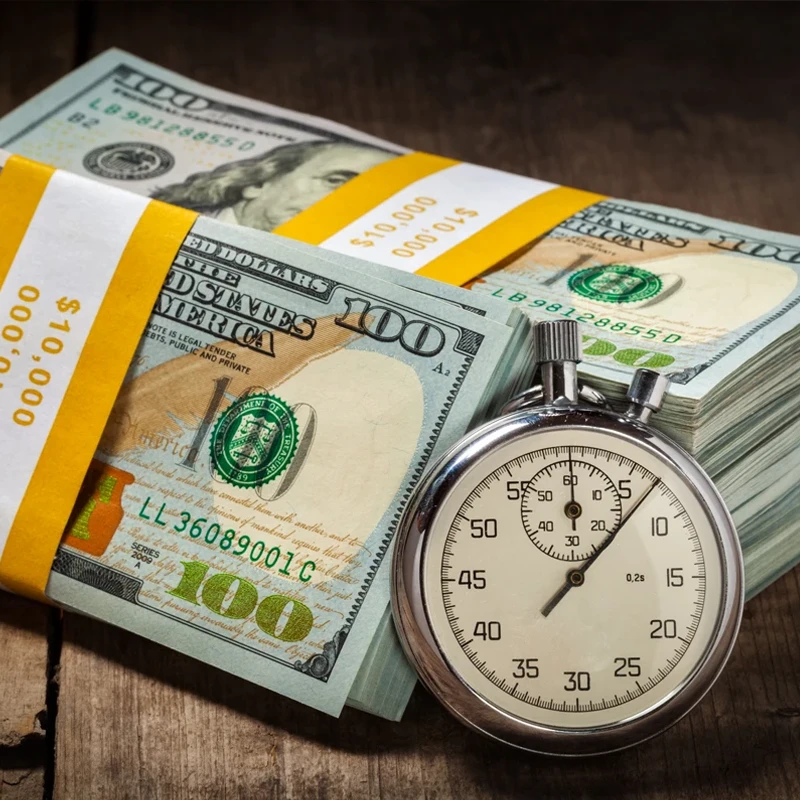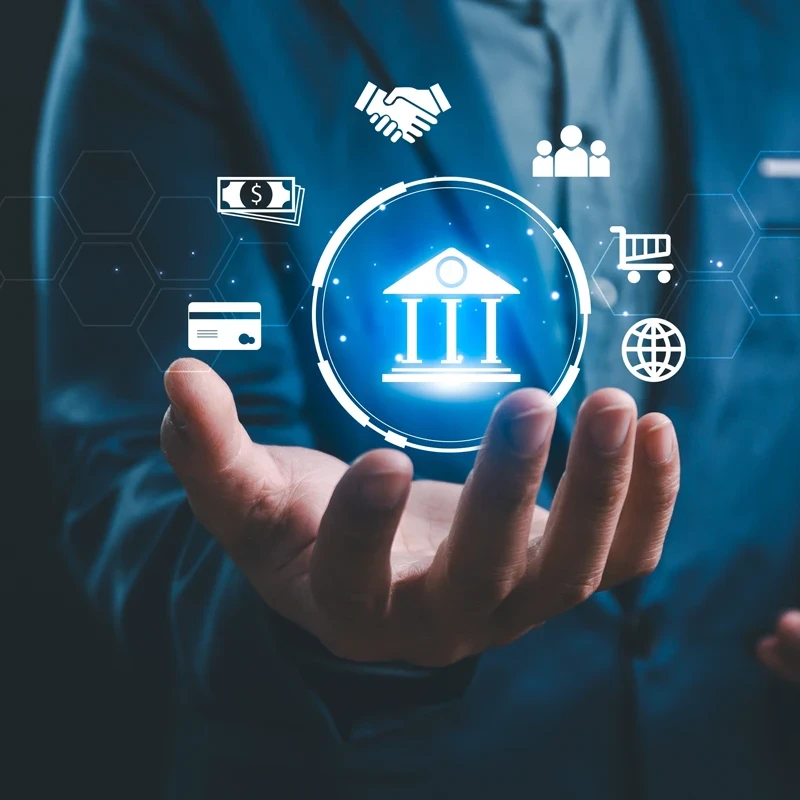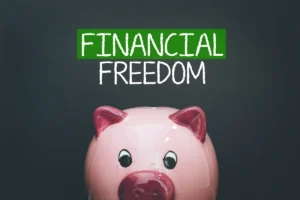Credit cards can be helpful in emergencies, but they can also trap people in debt. One big reason is APY, or Annual Percentage Yield. Credit cards charge you APY on the money you owe, and that can make your debt grow fast. Let’s break down how this happens, so you can avoid falling into the debt trap.
What Is APY?
APY stands for Annual Percentage Yield. It’s the interest the credit card company charges you on the money you owe. If you don’t pay off your full balance each month, the credit card company charges you interest on the leftover amount. The higher the APY, the more interest you have to pay.
How APY Compounds
Here’s the tricky part: Interest compounds. This means you don’t just pay interest on what you borrowed—you also pay interest on the interest you haven’t paid off! This can make your debt grow really fast.
Let’s say you have $1,000 in debt, and your APY is 30%. If you don’t pay anything off by the end of the year, you’ll owe $1,300. Next year, you’ll pay interest on that $1,300, and it just keeps growing. Most people keep high revolving credit card debt, which forces them to pay that extra interest every year and can even spiral into a situation where they can’t escape.
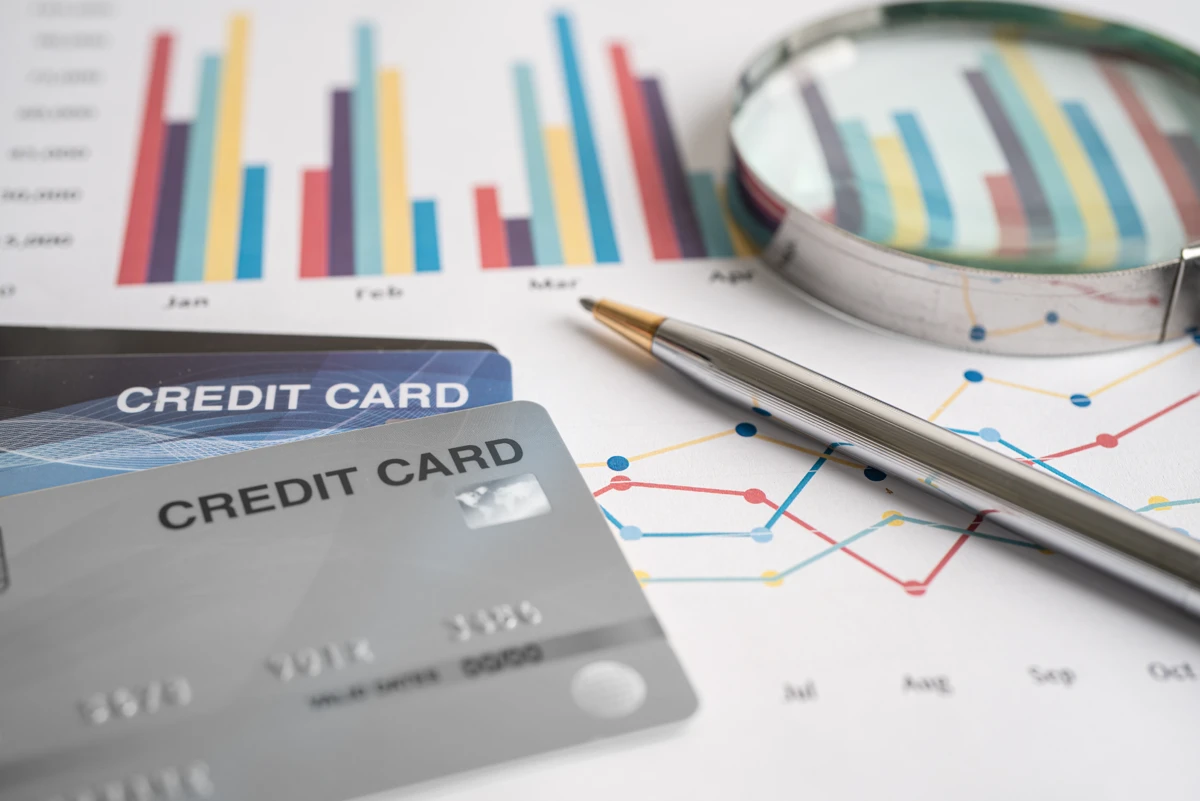
How Debt Grows Fast at 30% APY
Here’s a chart to show how much interest you’d pay each year based on the amount of credit card debt you owe.
This means that if you owe $6,000 and don’t pay it off, you’ll be paying $1,800 in interest every year! This is why it’s so hard to get out of debt if you only pay the minimum payment. Not only are you getting charged a lot, but paying the minimum balance of $6,000 takes 25 years to pay off. When put into a credit card calculator, you would pay $39,096.27 in interest.
The Cashback Myth
Credit card companies often offer cashback rewards. They might give you 1% to 5% back on your purchases, which sounds great. But here’s the truth: The interest you pay far outweighs the cashback.
For example, if you get 2% cashback on a $1,000 purchase, you’d get $20 back. But if you don’t pay that $1,000 off, and the card charges 30% APY, you’d pay $300 in interest. The $20 cashback doesn’t compare to the $300 in interest, leaving you much worse off.

Actionable Insights
Pay off your balance in full
The best way to avoid paying lots of interest is to pay your full balance every month. This way, you won’t owe any interest.
Understand APY
Be aware of how high your credit card’s APY is, and remember that the higher it is, the faster your debt grows.
Avoid relying on cashback
Cashback rewards are nice, but they won’t save you from paying lots of interest. Don’t Cashback as a reason to spend more.
Take Action
Credit cards can be useful, but only if you understand how APY works. Don’t let interest pile up and trap you in debt. Pay off your balance every month, and avoid getting into the cycle of compounding debt.
By knowing how APY works and being smart with your credit card use, you can keep more money in your pocket and avoid the trap of growing debt.
